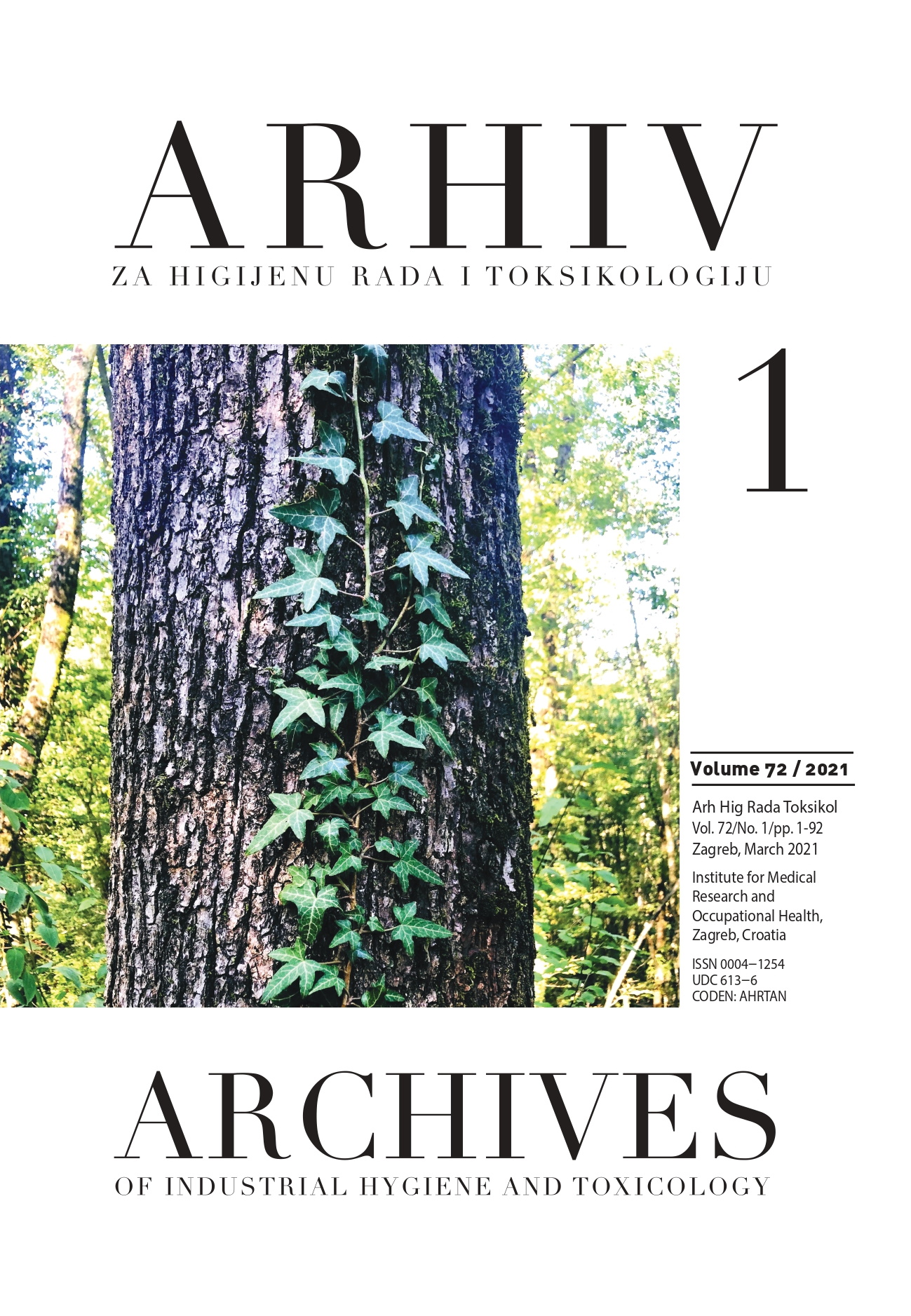Characterisation of twelve newly synthesised N-(substituted phenyl)-2-chloroacetamides with QSAR analysis and antimicrobial activity tests
DOI:
https://doi.org/10.2478/aiht-2021-72-3483Keywords:
N-substituted amides, antimicrobial potential, quantitative analysis of chemical structure and activity relationshipAbstract
In this study we screened twelve newly synthesised N-(substituted phenyl)-2-chloroacetamides for antimicrobial potential relying on quantitative structure-activity relationship (QSAR) analysis based on the available cheminformatics prediction models (Molinspiration, SwissADME, PreADMET, and PkcSM) and verified it through standard antimicrobial testing against Escherichia coli, Staphylococcus aureus, methicillin-resistant S. aureus (MRSA), and Candida albicans. Our compounds met all the screening criteria of Lipinski's rule of five (Ro5) as well as Veber's and Egan's methods for predicting biological activity. In antimicrobial activity tests, all chloroacetamides were effective against Gram-positive S. aureus and MRSA, less effective against the Gram-negative E. coli, and moderately effective against the yeast C. albicans. Our study confirmed that the biological activity of chloroacetamides varied with the position of substituents bound to the phenyl ring, which explains why some molecules were more effective against Gram-negative than Gram-positive bacteria or C. albicans. Bearing the halogenated p-substituted phenyl ring, N-(4-chlorophenyl), N-(4-fluorophenyl), and N-(3-bromophenyl) chloroacetamides were among the most active thanks to high lipophilicity, which allows them to pass rapidly through the phospholipid bilayer of the cell membrane. They are the most promising compounds for further investigation, particularly against Gram-positive bacteria and pathogenic yeasts.














